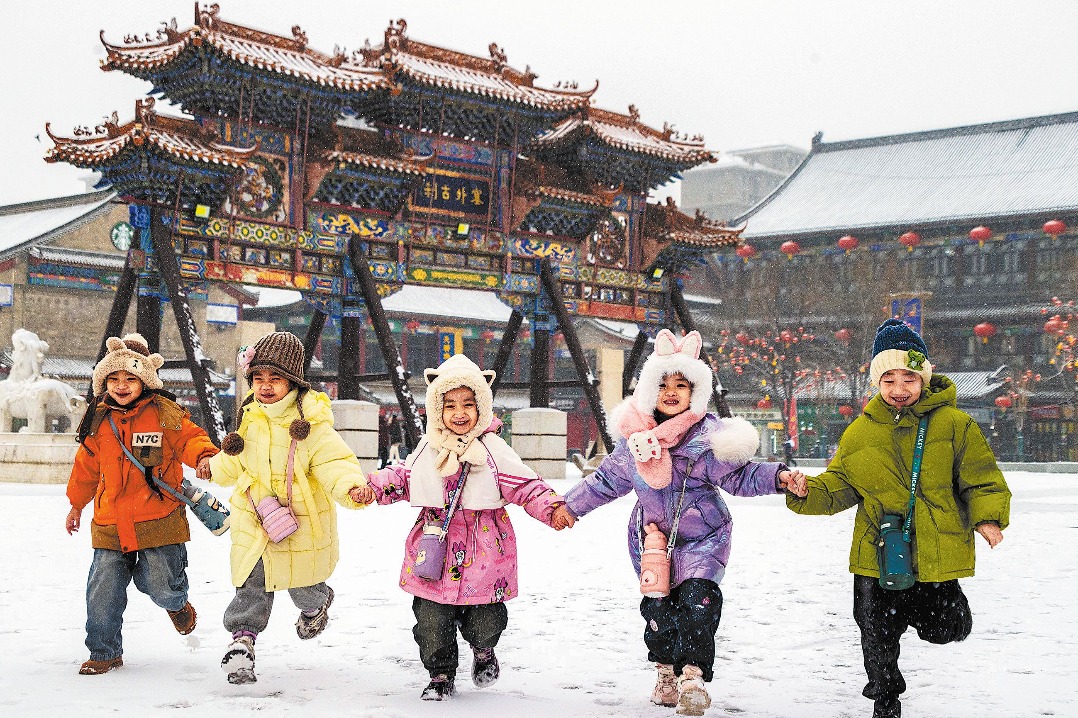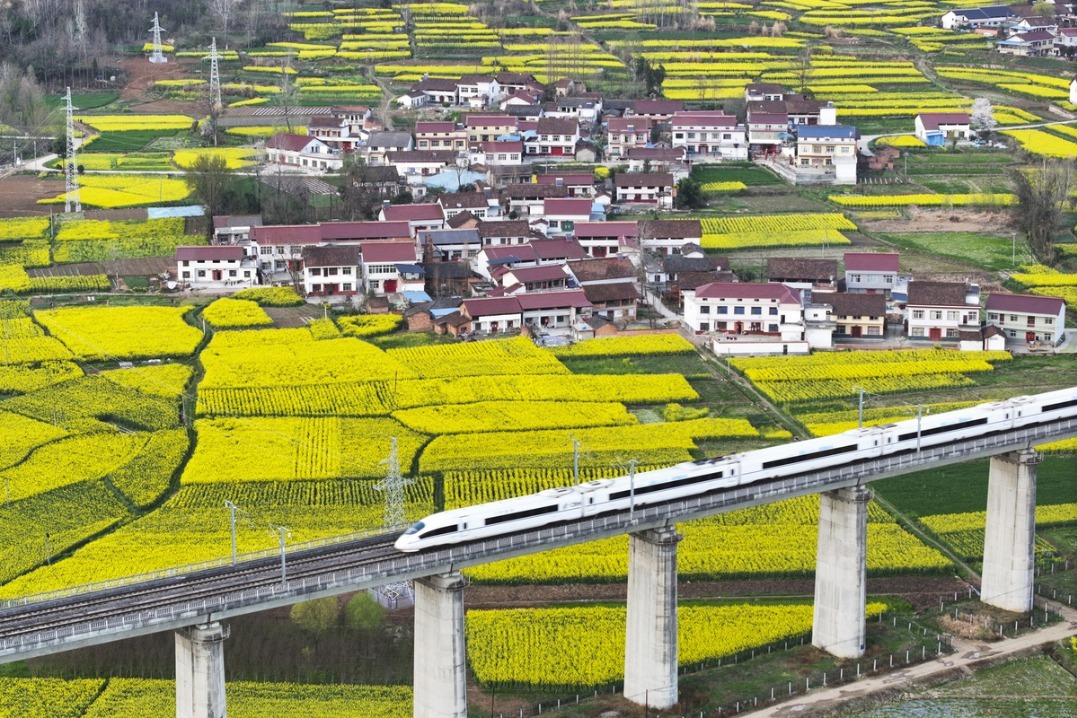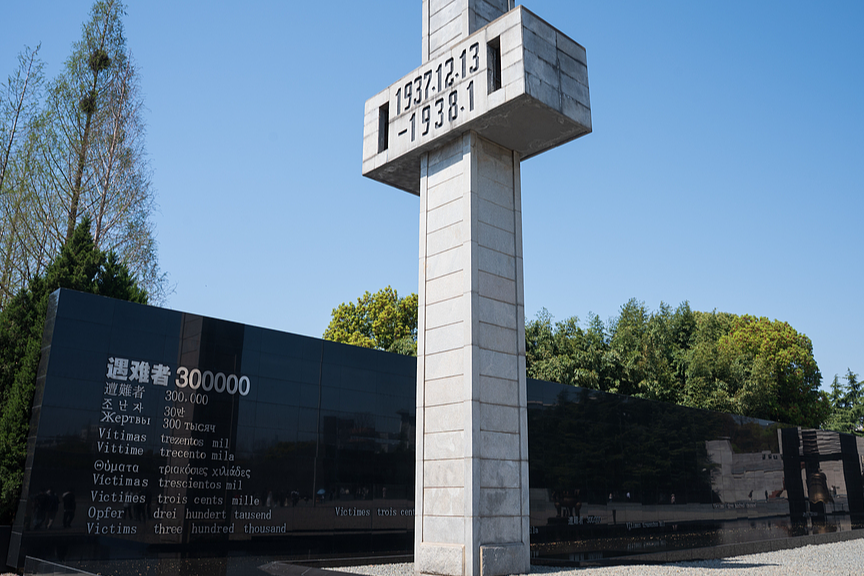Polish composer's masterpieces tour China


Polish composer and conductor Krzysztof Penderecki. [Photo provided to China Daily]
Deutsche Grammophon released a double album titled Hommage a Penderecki in August, which showcases several of Penderecki's works for violin and piano, or violin and orchestra. All of them feature Mutter.
Since his first visit to China more than 20 years ago, Penderecki has visited the country almost every year. In 2002, he was the conductor for the China Philharmonic Symphony Orchestra when it premiered his Symphony No 3 at the Forbidden City Concert Hall in Beijing. In 2016, he conducted the Beethoven Festival Orchestra in the Great Hall of the People.
"It has become a tradition for me to come to China. I have seen the audiences' enthusiasm for music, which cannot be compared to any other country," Penderecki says.
After studying composition under Franciszek Skolyszewski and later at the Krakow Academy of Music under Artur Malawski and Stanislaw Wiechowicz, Penderecki composed Threnody for the Victims of Hiroshima in 1959, which is one of his best-known compositions. In the past six decades, Penderecki has composed more than 100 instrumental works, including 20 chamber works, 17 solo works and seven symphonies.
Besides music, the composer is also interested in gardening.
Wray Armstrong, chairman of Armstrong Music and Arts - the organizer of Mutter's ongoing China tour with Sinfonia Varsovia - can attest to this. He notes that he once visited Penderecki's home in Luslawice in southern Poland and was impressed by the garden the composer designed himself.
"There are more than 1,800 species of trees in the garden and two labyrinths," says Penderecki's wife, Elzbieta Penderecka. "It's one of the largest private collections in Central Europe."
Penderecki notes: "I became involved in planting trees many years ago, and this is my life and my love. I like walking through the trees and looking at them growing. It's the greatest joy in my life, even more than music."
Today's Top News
- China holds national memorial for Nanjing Massacre victims
- New plan will be a road map for a stronger future
- Taiwan's character of the year a vote against confrontation
- Strengthened resilience key for economy
- Video sheds new light on Japan's wartime atrocities
- Xi: World yearns for peace, trust more than ever






























